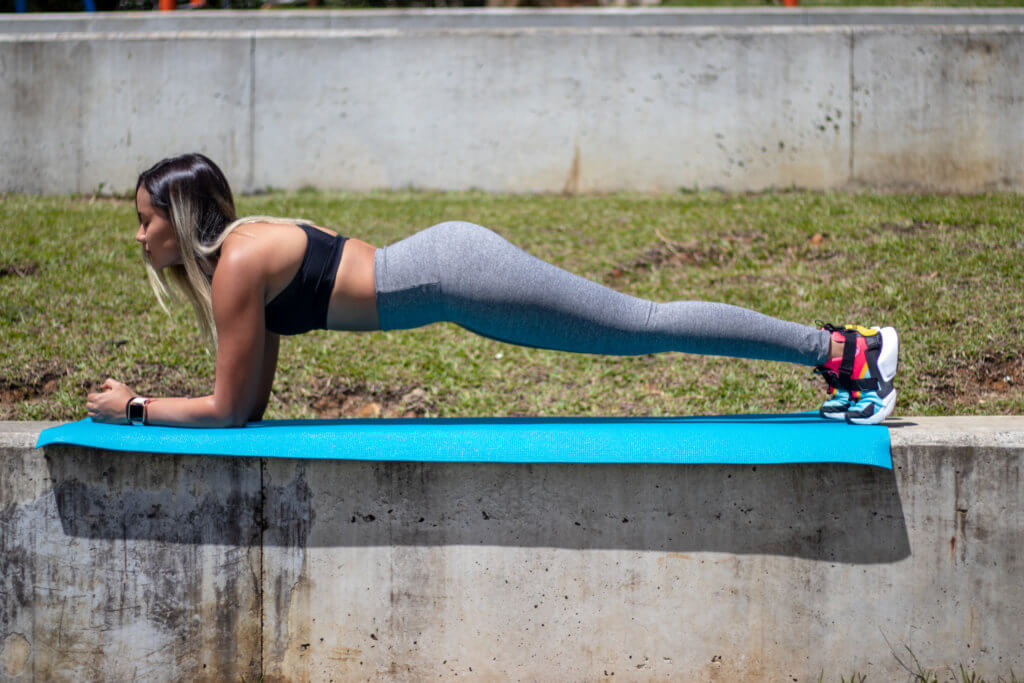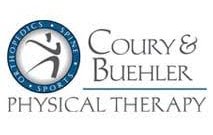Isometric exercises target one muscle or group of muscles at a time without joint movement. This is why isometric exercises are often used by physical therapists when working with clients. AIM Rehab Services, a Physiquality member in Florida, notes that such exercises can even be done in a cast or just after surgery, allowing patients to strengthen while they heal.
Isometric exercises can also be used for injury prevention, strengthening muscles prone to injury in a particular sport. For example, California Physiquality member Coury & Buehler Physical Therapy notes that isometric exercises can help strengthen the neck in order for cyclists to prevent injury to the cervical spine. The video below shows a number of exercises; view the isometric option, isometric cervical extensions, at about the 0:13 mark. You’ll see how such exercises may seem minimal but can make a big impact.
Isometric exercises are also a great way to strengthen your core and improve stability, explains Foothills Sports Medicine Physical Therapy, a Physiquality member in Arizona. The most common isometric exercise for the core is doing a plank, a static exercise that challenges your abs. These can be done on your elbows, as shown below, or with straight arms. The hollow hold also works your abs, but while on your back. The photos make it look simple, but using your core to keep your arms and legs still and off the mat gets challenging very quickly!

Finally, isometric exercises are a great way to improve stability and balance, particularly for older adults that may be suffering with arthritis. In fact, a recent study found that isometric exercises helped elderly patients grow stronger, reduce their risk of falls, and improve symptoms related to arthritis. If you’re worried about your balance or falling, ask your physical therapist if isometric exercises may help you build strength and stability.
Want to learn more about isometric exercises and how they can help you? Use the locator below to find a nearby Physiquality physical therapist – and get stronger today.
Thank you to our contributors:

AIM Rehab Services is a Physiquality member in Coral Springs, Florida. Owner Dr. Esaie Aime has more than 16 years of experience treating a variety of orthopedic conditions, as well as neurological conditions and balance and gait issues.

Coury and Buehler Physical Therapy is a Physiquality member with multiple locations in Orange County, California. Founded by Brandon Buehler and Rich Coury in 2004, they work to help every patient live a better, healthier life, relieving pain and improving function through treatment.

Physiquality member Foothills Sports Medicine Physical Therapy has several clinic locations in Arizona. Providers of physical therapy for more than 20 years, their PTs and PTAs deliver hands-on physical therapy with integrity and accountability, ensuring the best possible patient results.